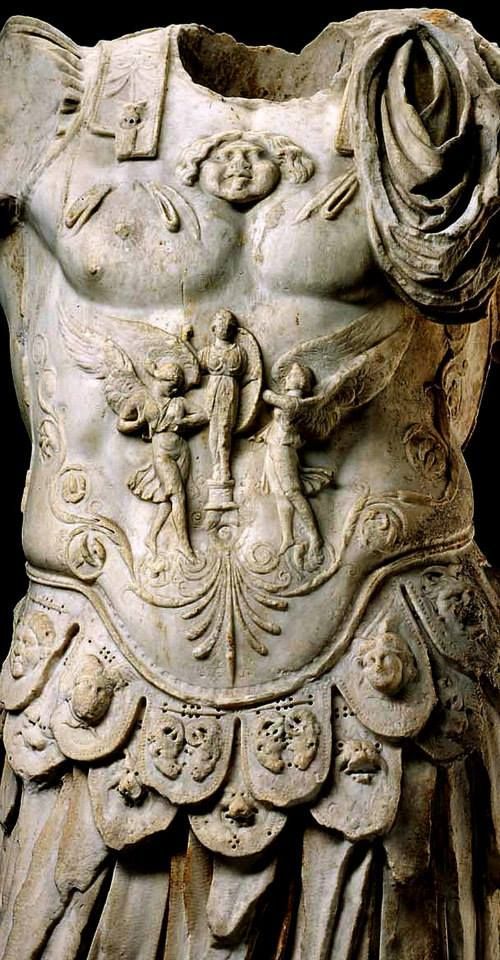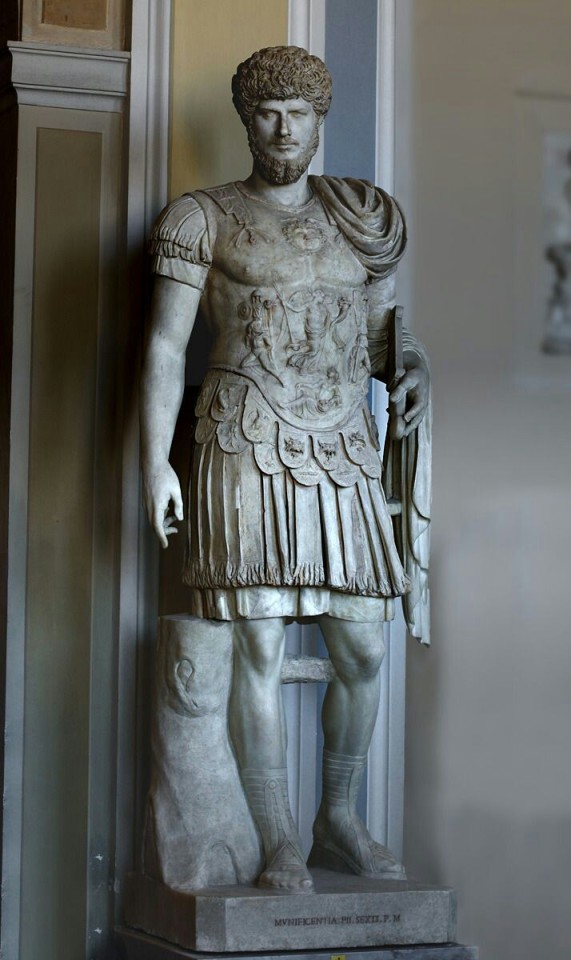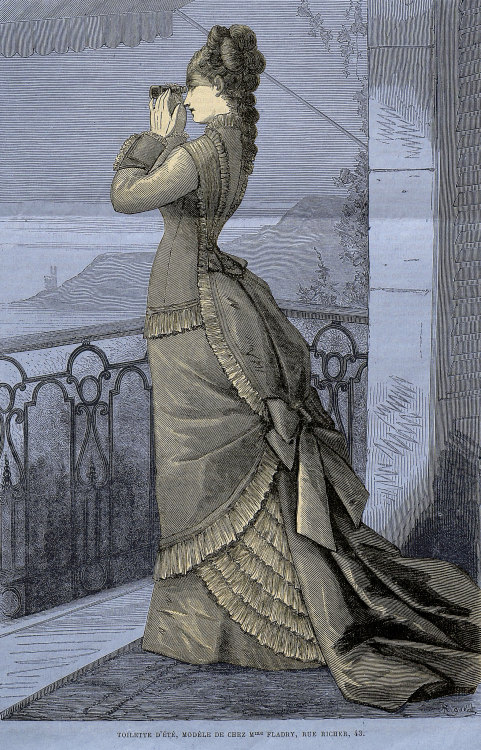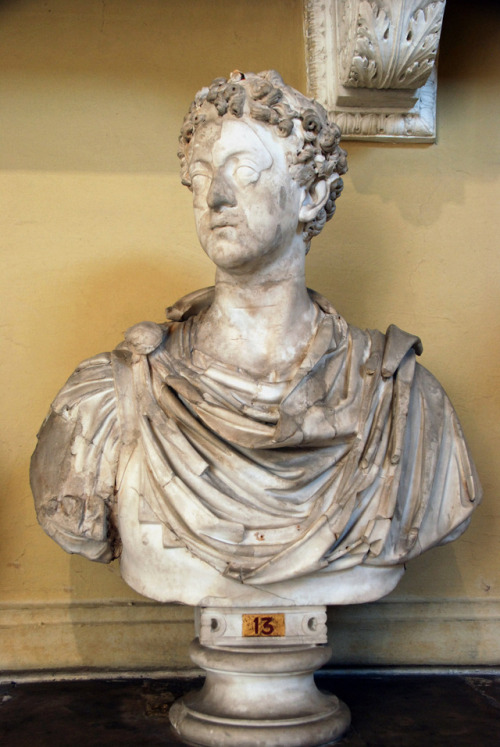#cuirass
La Mode illustrée, no. 22, 28 mai 1876, Paris. Toilette d'été, modèle de chez Mme Fladry, rue Richer, 43. Ville de Paris / Bibliothèque Forney
Post link
I’ve further expanded my collection of armor designs. This time one of the common iron armor variants. There will be more of those.
Post link





⚜️ Steel Cuirass, 16th century
Metal, forging
Lida Castle, Belarus
- -
⚜️ Кираса стальная, XVI в.
Металл, ковка
Лидский Замок, Беларусь
Our ‘Ariadne’ femme-style cuirass finished in rich whiskey tan leather. Ready to head out to its new owner. You can find patterns for this and many other leather armour pieces on our website and Etsy store.

Portrait of young Commodus. From Ostia. Late II century AD (before 180 AD). Marble. Musei Vaticani. Inv. 1235
myglyptothek: Faces of ancient Rome
Post link
THELORICA MUSCULATA IN ROMAN ART










Discussions of the piece of body armor known today as the muscle cuirass, and to the Romans as the lorica musculata, tend to elide the difference between the cuirass and its representation in Roman art. This is understanable because the lorica musculata itself was a work of art. The portrait statue of Augustus from Primaporta is a work of naturalistic, representational art that features an accurate naturalistic representation of another work of art, namely the lorica musculata worn by the emperor.
The Greek θώραξ consisted of a breastplate and backplate joined together by hinges on one side and buckles on the other, with a riband tied around the waist. Textual sources state the early θώραξ was made of strong linen; surviving examples are made of hammered bronze. In the late classical period, the θώραξ which closely followed the contours of the male torso, took on representational and sculptural qualities. Anatomical details like nipples, navel and abdominal muscles were depicted with great precision.
The Roman version is made of iron (later steel) or boiled leather. The Romans continued the tradition of replicated anatomy, as well as the Hellenistic taste for elaborate allegorical imagery emblazoned on the breastplate. The combination of masterful realism and erudite allegorical iconography blurs the distinction between serviceable armor and work of art. The surviving Roman bronze cuirass in New York is either an actual cuirass or the torso of a bronze equestrian statue depicting an emperor wearing a lorica musculata. Whatever its purpose, it could easily have been made by the same metalworker.
The iconography of the Augustus cuirass uses personifactions, mythological figures, representations of historical persons and symbols to make a statement about the recovery of the standards from the Parthians and the relationship of that major feat of Augustan diplomacy to the establishment of the pax romana. For the most part, the iconography was simpler, but no less abstruse. The breastplate depicted on a statue of Trajan in military costume shows an Amazon battling two griffins at once, a succinct utterance concerning Rome’s conquests of eastern peoples, in this case the Dacians. The allegorical iconography of the cuirass provided the sculptor with an opportunity for enriching the portrait with a discursive statement of the wearer’s accomplishments that woukd have otherwise exceeded the capacities of the portrait genre.
In reality, the imagery of the lorica musculata was probably less elaborate than sculptural representations. The unadorned cuirass of the Getty torso is almost certainly closest to the actual armor. Simplified, conventional imagery like the gorgoneion seen on the cuirass worn by Caligula are commonplace enough to have been used.
1. Torso fragment of a Cuirass Statue of Domitian, c. AD 85, Boston, Museum of Fine Arts.
2. Augustus of Primaporta, c. AD 14, Città del Vaticano, Musei Vaticani.
3-4. Greek Bronze cuirass, c. 340 BC and Roman bronze cuirass, c. 1st c. AD, New York, Metropolitan Museum of Art.
5. Cuirass Statue with Head of Lucius Verus, 2ndc. AD, Rome, Musei Capitolini.
6. Cuirass Statue of Trajan, c. AD 103, Cambridge, Harvard University, Fogg Art Museum.
7. Torso fragment of a Cuirass Statue, c. 1st c. AD, Malibu, Getty Villa.
8. Torso fragment of a Cuirass Statue, c. 2nd c. AD, Rome, Museo della Civiltà Romana.
9. Cuirass Bust of Gaius (Caligula), c. AD 37, Copenhagen, Ny Carlsberg Glyptothek.
10. Cuirsass Statue of Julius Caesar, c. AD 100, Berlin, Neues Museum.





